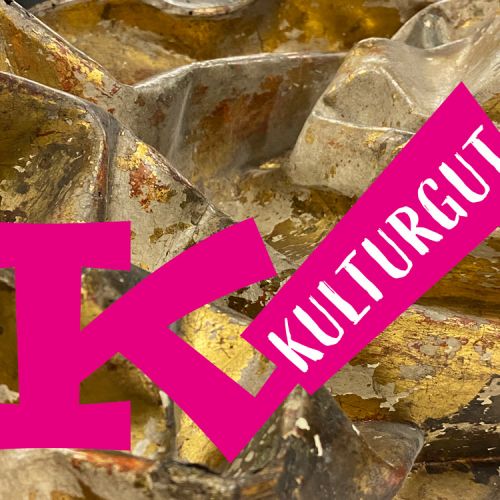KEBAB

9 September to 4 December 2022
Preserving, conserving, exhibiting, understanding cultural heritage
This exhibition offers an fascinating look behind the scenes of museum work and conservation science. Discover and find out more about the different genres and materials such as wood, metal, textile, paper and ivory as well as their threats.
Collecting, preserving, researching and finally exhibiting cultural heritage and making it understandable through education are the main tasks of every museum. A cultural item is the result of artistic production or other evidence of human culture that is recognised as important and worthy of preservation. This results in requirements and opportunities for daily museum work.
The Diocesan Museum St. Afra also researches, preserves its valuable collection of European relevance for future generations and shares its knowledge with a broad public. It is not always financially possible to initiate conservation projects, and in many cases all we can do is to make sure that existing damage does not increase.
Conservators are specialised in different genres and materials. They are the ones who recognise, identify and repair damage and dangers caused by incorrect handling in the past and unfavourable climatic conditions, so that cultural assets are preserved for posterity.
Each second Sunday, you are welcome to peek over the shoulder of conservator Maria Winner while she works on the Gothic sculpture of St. Wolfgang, and, of course, you are also welcome to ask questions. Using a 3D scan of the sculpture, you can explore Wolfgang on your own and explore the subject in depth.
Collecting, preserving, researching and finally exhibiting cultural heritage and making it understandable through education are the main tasks of every museum. A cultural item is the result of artistic production or other evidence of human culture that is recognised as important and worthy of preservation. This results in requirements and opportunities for daily museum work.
The Diocesan Museum St. Afra also researches, preserves its valuable collection of European relevance for future generations and shares its knowledge with a broad public. It is not always financially possible to initiate conservation projects, and in many cases all we can do is to make sure that existing damage does not increase.
Conservators are specialised in different genres and materials. They are the ones who recognise, identify and repair damage and dangers caused by incorrect handling in the past and unfavourable climatic conditions, so that cultural assets are preserved for posterity.
Each second Sunday, you are welcome to peek over the shoulder of conservator Maria Winner while she works on the Gothic sculpture of St. Wolfgang, and, of course, you are also welcome to ask questions. Using a 3D scan of the sculpture, you can explore Wolfgang on your own and explore the subject in depth.
ausstellungen 2021




